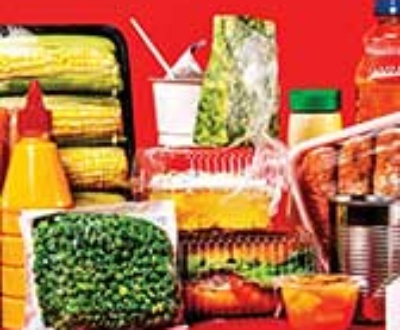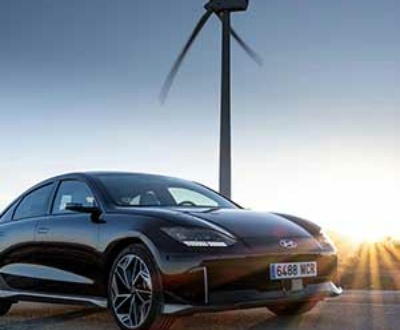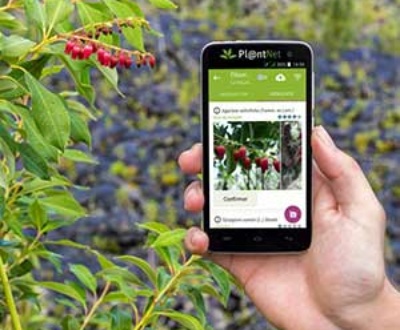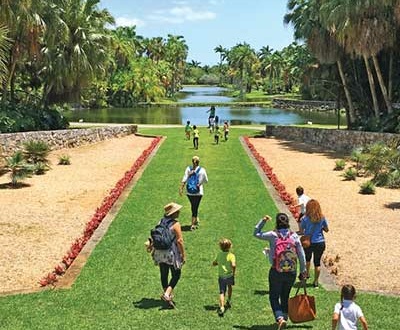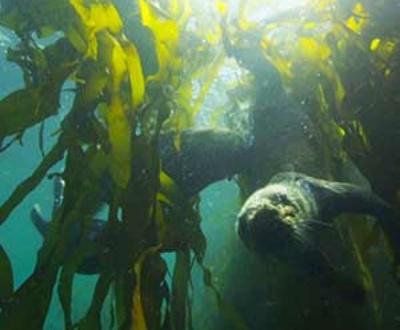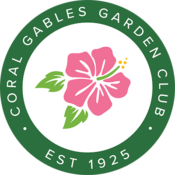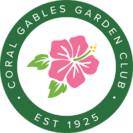Have you noticed that we live in paradise!! I am writing this March 5 and the weather is SWEET! A little breeze, blue skies, low humidity, the birds chirping away…heaven. I was just riding my bike around Country Club Prado and down Lisbon, past that Lisbon pocket park. A bunch of toddlers were having a birthday party in the park with balloons and goodies and a bubble machine. They were all dancing in the bubbles. What a picture! And thank you city of Coral Gables for all these pretty neighborhood pocket parks!
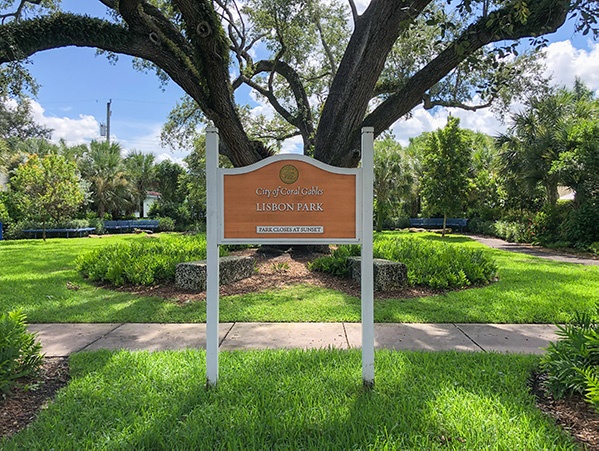 A New Pollinator Patch?
A New Pollinator Patch?
Keep your fingers crossed! We have asked the city if we could have another pollinator patch at the south end of Country Club Prado, but it has not been decided yet, so keep your fingers crossed! This one will feature plants you can buy in local nurseries.
Why a Pollinator Patch? Well Nature Needs Our Help!
- In 1937 66% of the planet was wilderness and there were 2.3 billion people on Earth
- in 2020 the planet is 35% wilderness and there are 7.8 billion people
- Now we humans have altered 75% of our land environment and 50% of the marine Environment – WHERE ARE ALL THE OTHER CREATURES ON EARTH SUPPOSED TO GO?
- 40% of all known insects face extinction due to habitat loss and pesticides
- insects pollinate 75% of our crops bearing fruit or seeds and are a vital part of Our food chains
- 96% of land birds feed their chicks insect
INSECTS ARE PICKY EATERS—90% WILL ONLY LAY EGGS AND FEED FROM PLANTS THEY EVOLVED WITH – WITHOUT POLLINATOR PLANTS OUR BEAUTIFUL CORAL GABLES IS A DESERT FOR POLLINATORS
WHO ARE THE POLLINATORS?
Bees, Butterflies, Hummingbirds, Moths, Beetles, Flies, Bats
What Can You Plant for Pollinators in Your Garden?
Well, a very basic and beautiful list of plants I have in my garden are Firebush, Blue Porterweed, Lantana, Salvia, Milkweed and Corky Stem Passion Vine. These can be planted as a grouping in the corner of your yard. I do not see many bats, moths or flies BUT I get a beautiful ballet of butterflies and hummingbirds. The other great thing about these plants is that the bloom all year long and once they are established there is no maintenance!!!
You can get more information about these plants and which local nurseries carry them from the local chapter of the Florida Native Plant Society. Click on Native Plants tab. For an extensive list of all the native plants for our area go to regionalconservation.org. Click on Online Resources/Natives for your Neighborhood AND, rainy season is coming up, it is a great time to get planting!!
And It’s Migration Time Again for the Birds—What Do Birds Need?
What attracts birds is simple. It is some re-creation of aspects of the bird’s natural environment. Birds are attracted to gardens that provide habitat, which means space, structure, protection, nest sites, feeding sites and food. Trees, shrubs, vines, short statured plants and lawns supply are what birds need to carry on their lives.
Birds spend most of their time in trees, so trees are the most important element in attracting birds. Instead of individual trees, trees are more beneficial to birds if they are planted in mixed species clusters—preferably natives. And dead trees or branches are equally important as live ones. Birds need dead trunks. Foraging birds search out insects lurking under the bark, cavity nesting birds use the dead trunks for their nests.
In addition to trees, a garden for birds needs to have many, many shrubs—as many as dense and diverse as possible. Shrubs if well selected and arranged can provide much of
the garden’s fruit, nectar, nesting sites, perching sites and sleeping and roosting sites. Plant them under and around the surrounding trees. ALSO, shrubs provide predator protection especially if placed where birds are most vulnerable. A great book for more information is “Attracting Birds to South Florida Gardens.”
FlaWildflowers.org Wildflower License Plate
Get your State Wildflower license plate on this site. Funds from the State Wildflower license plate grow wildflowers for bees and butterflies across the state. It is inexpensive and you will be contributing to a very good cause. AND if you go on their YouTube channel there are some amazing and educational videos to check out.
So have a great spring, think pollinator patches for your yard and attracting birds!
About the Author
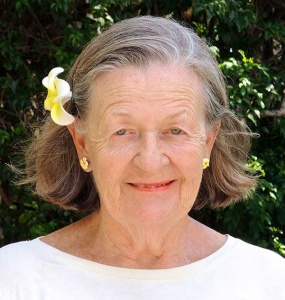
Linda Lawrence Waldron currently writes the Green Gables column in Gables Living Magazine. Linda was Chairman of the Garden Club's Coral Gables Library Butterfly Garden Committee.
Sign up here for email notifications about new Green Gables articles!
More from our blogs
See all postsRecent Posts
- April 2023 April 1, 2024
- Good News on Environmental Plastics February 1, 2024
- Material World / Plant World January 1, 2024
Leave a Comment cancel
This site uses Akismet to reduce spam. Learn how your comment data is processed.



